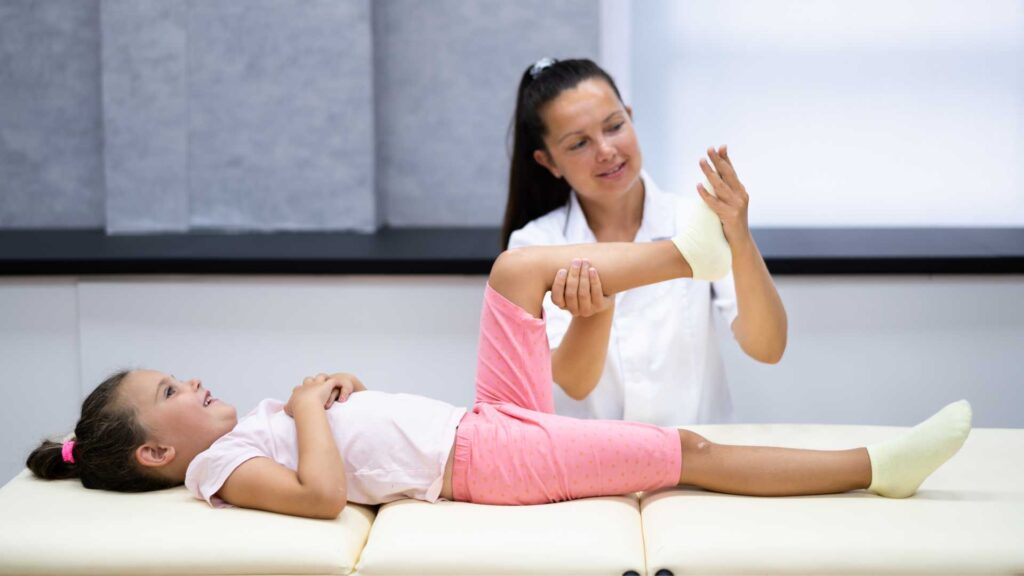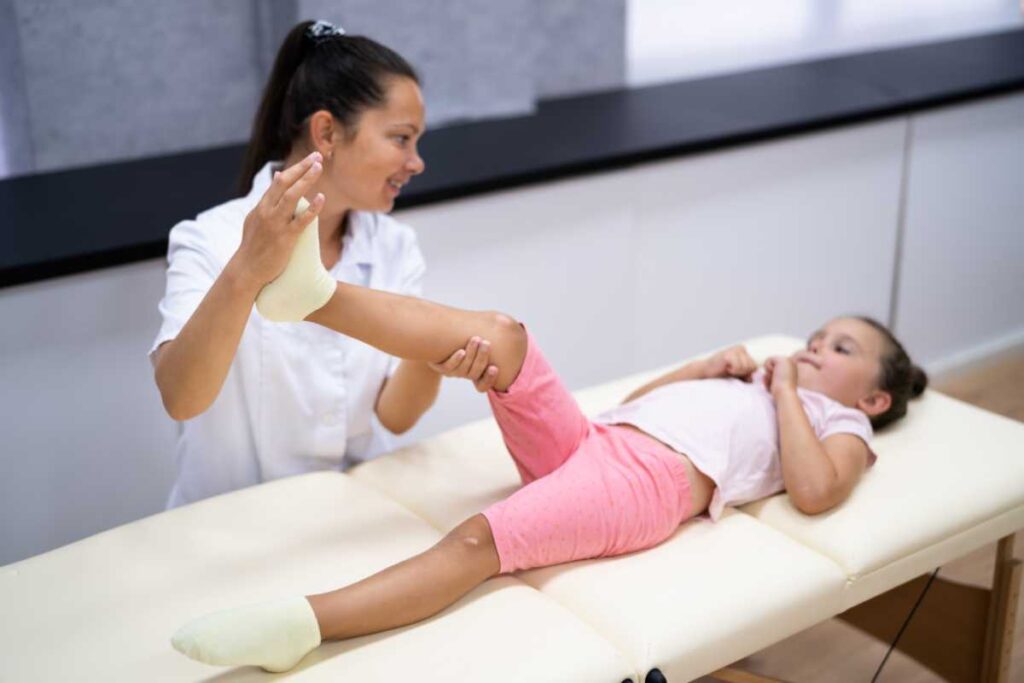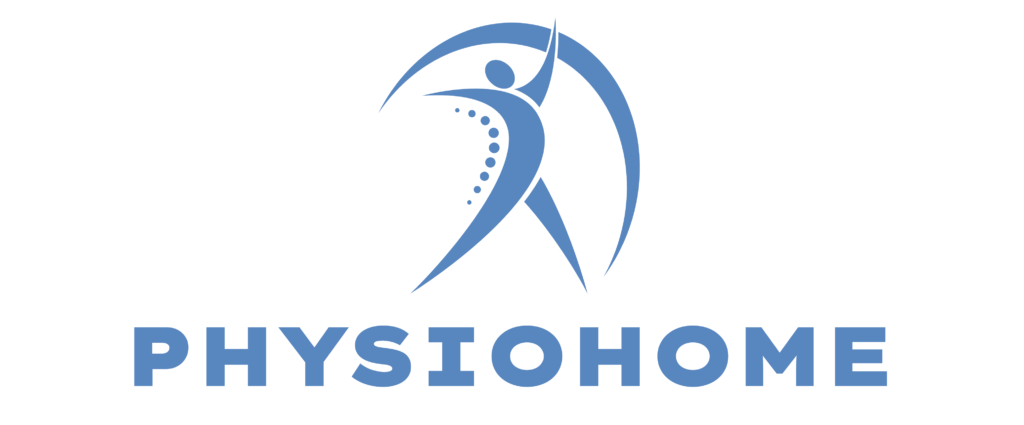Lower back pain is a common ailment affecting millions worldwide, often stemming from poor posture, sedentary lifestyles, or improper lifting techniques. While seeking medical advice is crucial for chronic or severe pain, incorporating specific exercises can significantly alleviate discomfort and strengthen the muscles supporting the spine. As a physiotherapist specializing in musculoskeletal health, here are the top five exercises I recommend for relieving lower back pain:
Pelvic Tilts

Pelvic tilts are fundamental for improving the stability of the lower back and core muscles. To perform this exercise:
- Lie on your back with knees bent and feet flat on the floor.
- Tighten your abdominal muscles to flatten your lower back against the floor, tilting your pelvis slightly.
- Hold for a few seconds and then release.
- Repeat 10-15 times, gradually increasing as your strength improves.
- Pelvic tilts help activate and strengthen the deep abdominal muscles, which are essential for supporting the spine and maintaining good posture.
Bridge Exercise
The bridge exercise targets the gluteal muscles and lower back while also engaging the core muscles for stability:
- Lie on your back with knees bent and feet flat on the floor, hip-width apart.
- Lift your hips off the floor until your shoulders, hips, and knees form a straight line.
- Hold for a few seconds, then slowly lower back down.
- Start with 10 repetitions, increasing gradually.
- Bridges help strengthen the posterior chain muscles, promoting better alignment of the spine and reducing stress on the lower back.
Cat-Cow Stretch

The cat-cow stretch is a gentle exercise that improves flexibility and mobility in the spine while relieving tension in the lower back:
- Start on your hands and knees in a tabletop position, with your wrists aligned under your shoulders and knees under your hips.
- Inhale as you arch your back, dropping your belly towards the floor and lifting your head and tailbone towards the ceiling (cow position).
- Exhale as you round your spine towards the ceiling, tucking your chin towards your chest (cat position).
- Flow smoothly between cat and cow positions for 10 cycles.
- This exercise helps to increase spinal flexibility and reduce stiffness, promoting better range of motion in the lower back.
Bird-Dog Exercise
The bird-dog exercise strengthens the core muscles, including the abdominals, lower back, and glutes, which are crucial for spinal stability:
- Start on your hands and knees in a tabletop position.
- Extend your right arm forward and left leg backward until they are in line with your body.
- Hold for a few seconds, then return to the starting position.
- Repeat on the opposite side.
- Perform 10 repetitions on each side.
- By improving core strength and stability, the bird-dog exercise helps reduce strain on the lower back during daily activities.
Child’s Pose
Child’s pose is a relaxing stretch that helps release tension in the lower back and elongate the spine:
- Begin on your hands and knees, then sit back on your heels.
- Reach your arms forward on the floor, lowering your chest towards the ground.
- Hold the stretch for 20-30 seconds while breathing deeply.
- Child’s pose is excellent for stretching the muscles of the lower back and promoting relaxation, which can alleviate discomfort associated with tension and stiffness.
Conclusion
Incorporating these exercises into your daily routine can play a crucial role in managing and preventing lower back pain. However, it’s essential to perform them with proper form and technique to avoid exacerbating any existing issues. If you experience persistent or severe pain, consult with a physiotherapist or healthcare professional for personalized advice and treatment. Remember, consistency is key to reaping the benefits of these exercises and maintaining a healthy, pain-free lower back over time. Contact us today at PhysioHome, located in Ras Al Khaimah, United Arab Emirates, for expert guidance tailored to your needs.

